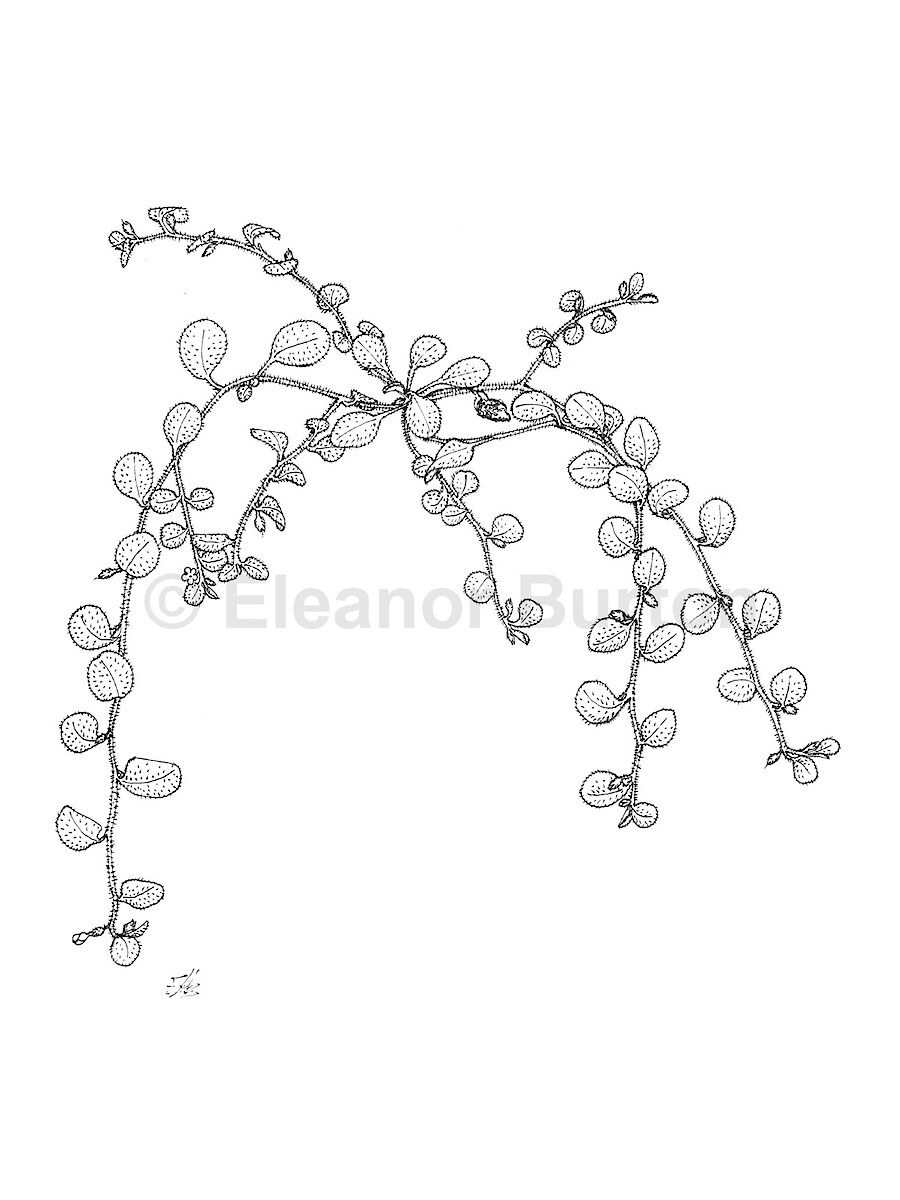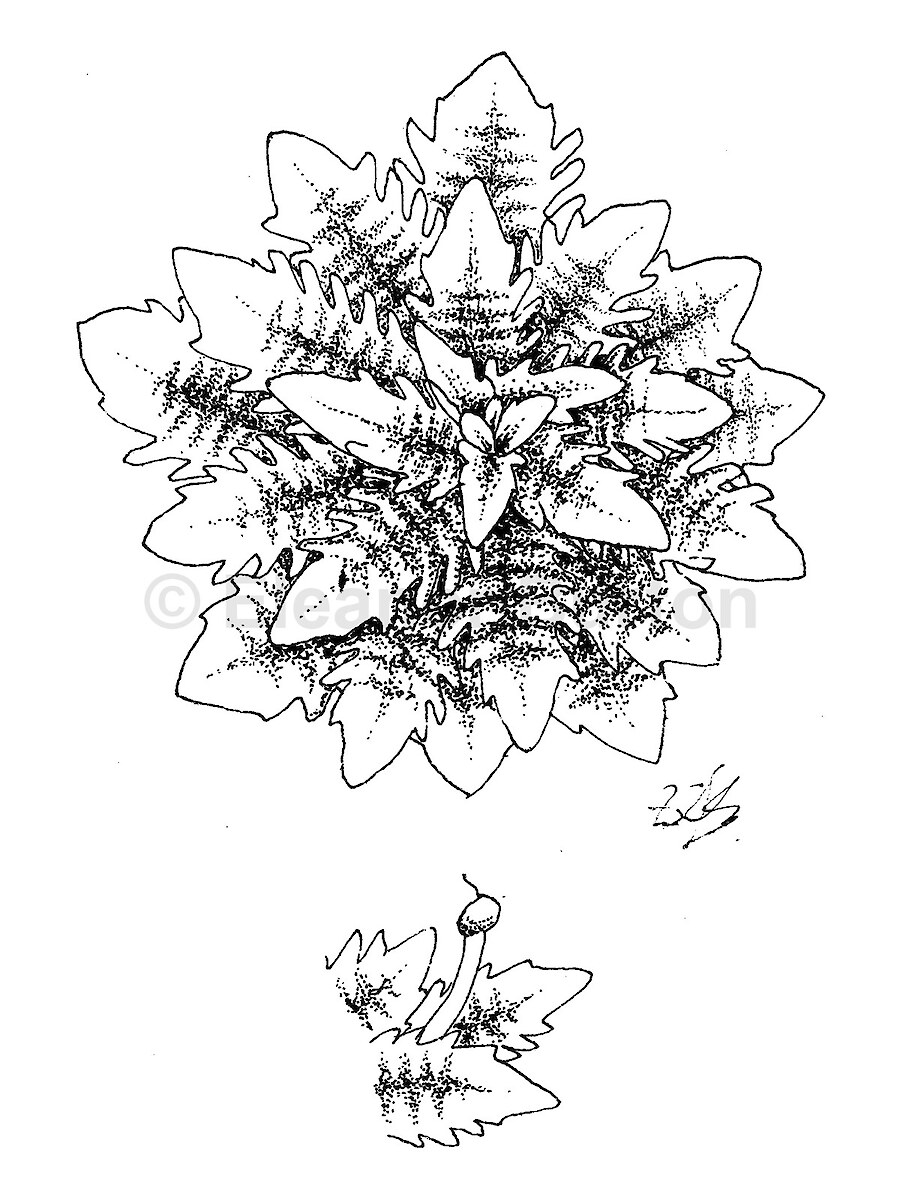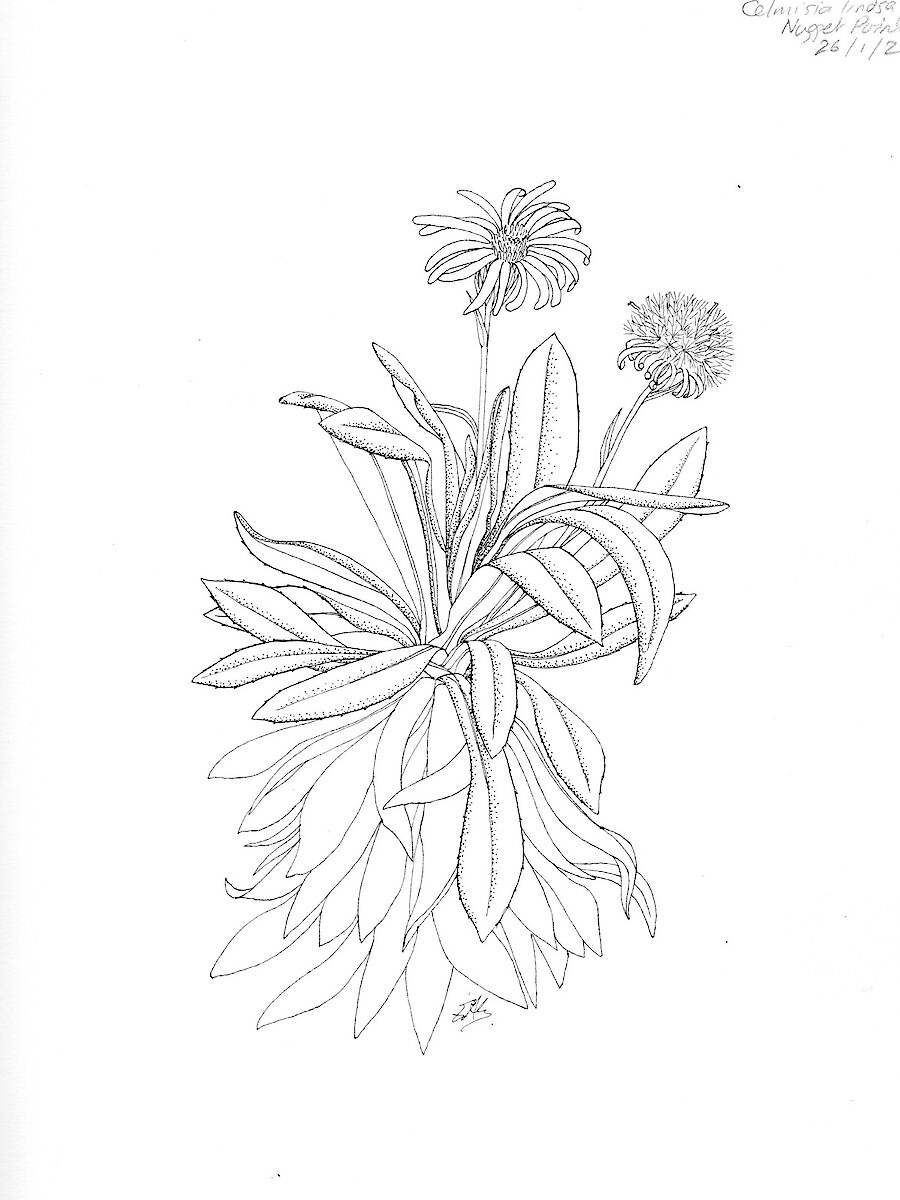Botanical art is a highly specialised skill, combining art and science to record images of plants that are both aesthetically pleasing and scientifically accurate.
We are privileged to have among our Trust membership some talented botanical artists, including Eleanor Burton, whose work we share here. The new edition of Eleanor’s book, Drawings from Ōtari, can be purchased for $20 from our weekend hosts at the Tāne Whakapiripiri Visitor Centre.
Eleanor tells us that her early interest in drawing plants was encouraged by Nancy Adams, one of New Zealand’s foremost botanists and botanical artists. “My mother knew Nancy and she took me along to meet her and see some of her drawings. I remember she told me to study botany so I would know what I was looking at. It was good advice, and I have always been glad I took it.”
Most of Eleanor’s botanical art has been black and white line drawings. These have included interpretation drawings for the Queen Elizabeth II National Trust and Wellington City Council. She also draws regularly for the Wellington Botanical Society and New Zealand Botanical Society.
Enjoy Eleanor’s work below.







